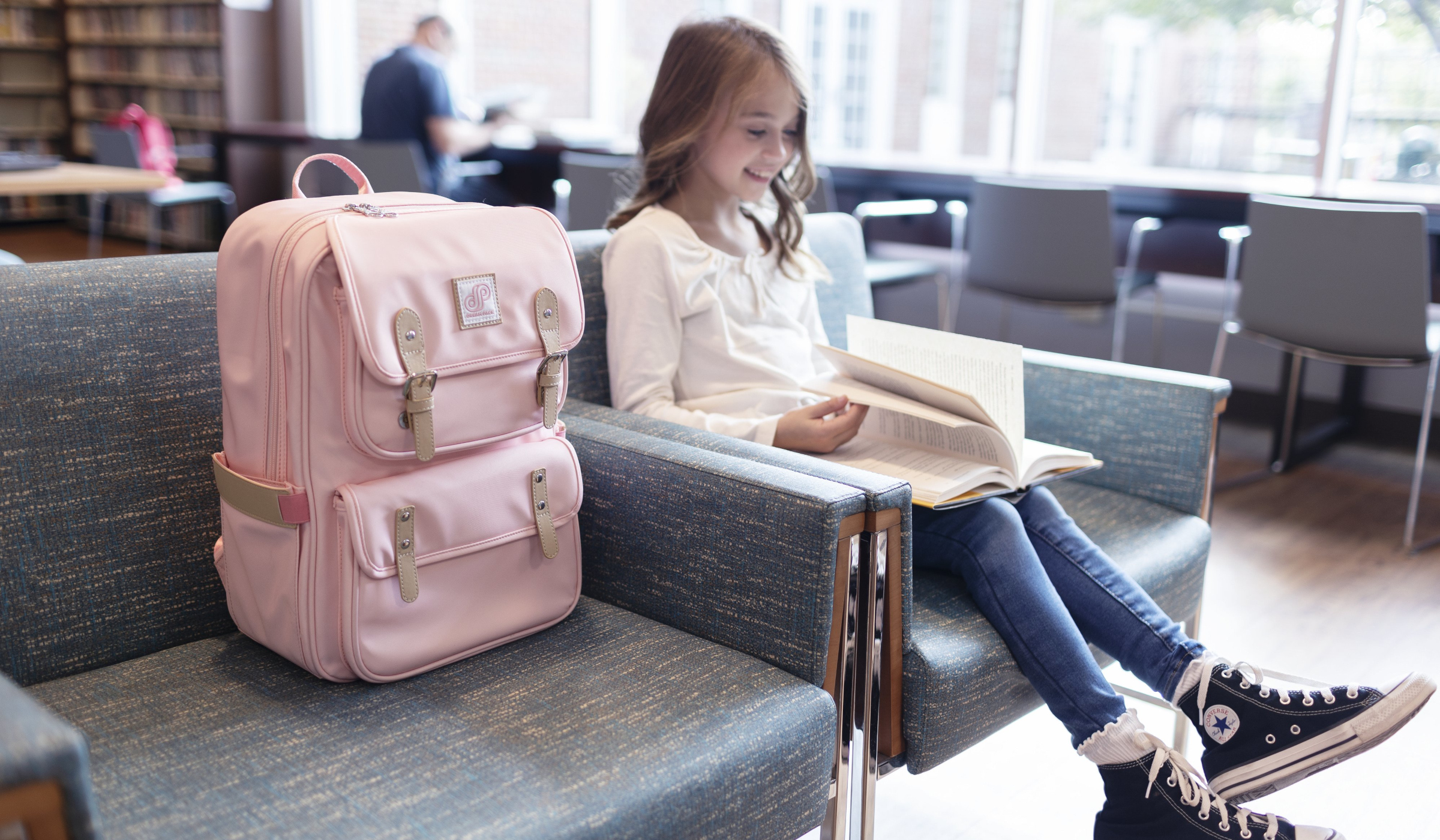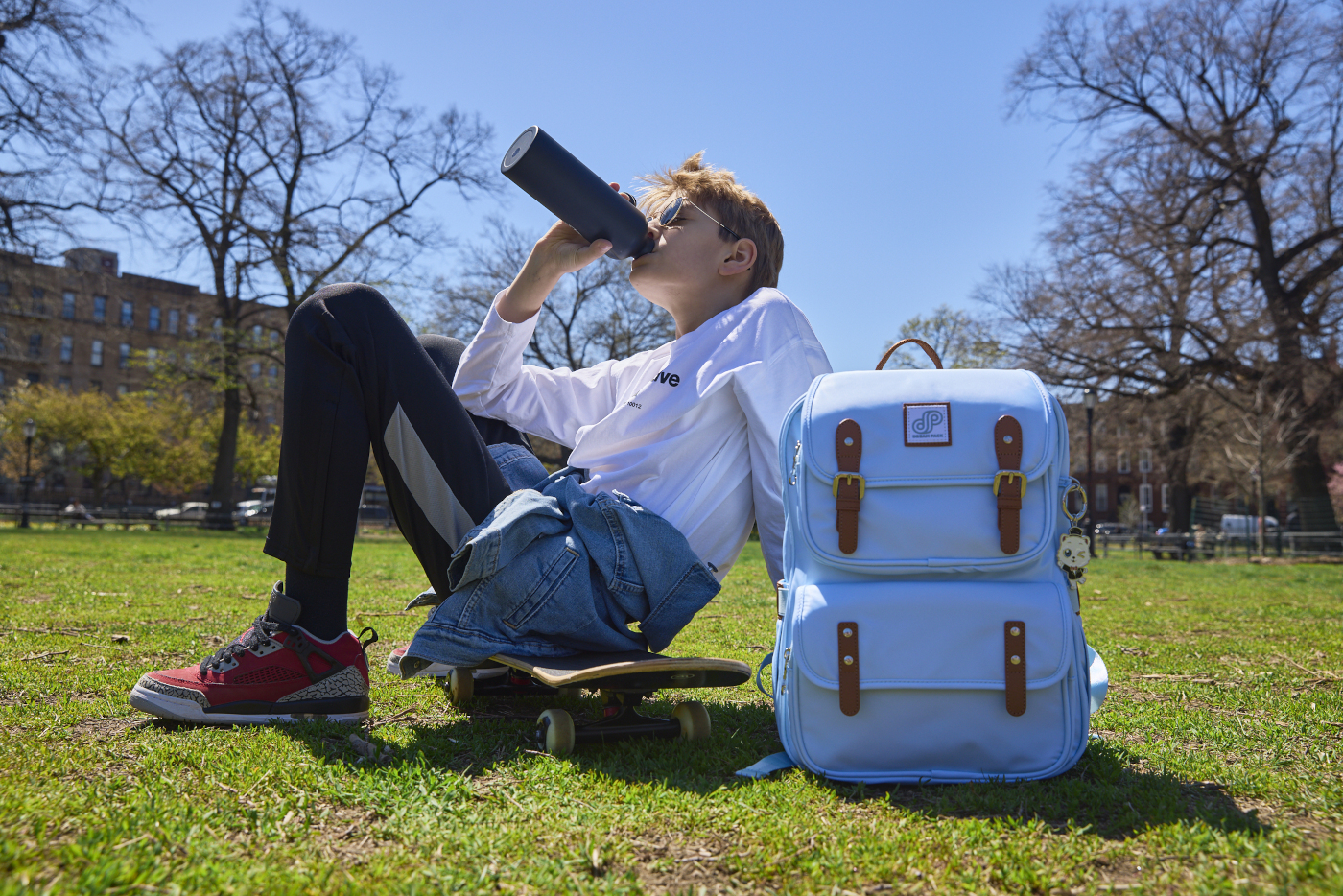School Gear Checklist: What Every Backpack Should Carry
Packing the right gear can make or break a child's school day. A well-stocked backpack not only supports learning, but also builds independence, preparedness, and confidence. Parents often ask, “What should go inside a kids backpack every day?” This guide breaks it down by category—academics, health, safety, and convenience—so your child never feels unprepared.
At DreamPack, we design ergonomic children backpacks with every need in mind—from smart compartments to easy-access pockets. But even the best backpack for kids is only effective when packed with the right tools. Here is your complete checklist for a successful school day.

1. Academic Essentials
These are the core tools your child needs to succeed in the classroom. Missing just one can derail an entire day. A designated section for academic materials helps keep everything in place and easy to find.
• Homework folder or binder
• Notebooks (one per subject if needed)
• Pencil case with pencils, pens, erasers, sharpener
• Ruler, child-safe scissors, glue stick
• Calculator (for older grades)
• Index cards or sticky notes for quick reminders
2. Lunch & Snack Supplies
Nutrition and hydration are key to focus and mood. Make sure your child’s kids backpack includes space for:
• Reusable lunch container (BPA-free)
• Ice pack for perishables
• Healthy snack (granola bar, fruit pouch, etc.)
• Refillable water bottle (leak-proof)
• Napkin and utensils if needed
3. Safety & Health Items
Accidents, sniffles, and scraped knees happen. Prepare your child with essentials that promote hygiene and safety throughout the day.
• Hand sanitizer or sanitizing wipes
• Tissues or a small tissue packet
• Mini first aid kit (Band-Aids, antiseptic wipes)
• Face mask (if required or desired)
• Chapstick and travel sunscreen (in a sealed pouch)

4. Comfort & Convenience
Little extras go a long way in helping kids feel secure and comfortable throughout the school day. These items offer peace of mind, especially during transitions, field trips, or downtime.
• Lightweight jacket or sweater (weather appropriate)
• Spare change of clothes (especially for preschoolers)
• Bus pass or school ID badge
• Hair ties or comb (for longer hair)
• Book or quiet-time activity for downtime
5. Personalization & Ownership
The best backpack for kids supports not only physical needs but also emotional development. Kids love backpacks that reflect who they are. Personalization builds pride and responsibility, and also helps reduce lost items.
• Name tag or name embroidery
• Backpack charms or patches (character-themed or custom)
• Color-coded folders by subject or priority
• Checklists clipped inside the front pouch
6. How to Get Kids Involved
Involving children in the packing process builds executive function and independence. By 5 or 6 years old, kids can follow a daily checklist and manage their own prep with a bit of guidance. Try this routine:
• Evening pack-up routine (prepare after dinner)
• Use a laminated visual checklist
• Reward consistency with small encouragements
• Keep extras (supplies, socks, etc.) in a parent-labeled bag for quick replacements
7. DreamPack Designs That Make It Easier
DreamPack’s ergonomic children backpacks are designed with organization in mind. From wide compartments to reflective safety details, our bags simplify daily routines and empower young learners. Key features include:
• Padded, adjustable shoulder straps for healthy weight distribution
• Separate compartments for lunch, supplies, and tech
• Water-resistant base and high-durability zippers
• Reinforced name tag areas and personalization slots
FAQ: Packing the Right Way
How much should a child’s backpack weigh?
No more than 10–15% of their body weight. An ergonomic kids backpack helps evenly distribute the load to reduce strain.
When should my child start packing their own bag?
Preschoolers can help with 1–2 items. By age 6–7, most kids can manage daily checklists with guidance.
What if my child forgets items often?
Use a simple visual checklist. Place it in their backpack or hang it near the front door to reinforce routine.
Conclusion: One Bag, Many Responsibilities
A backpack is more than a storage bag—it is a mobile command center for your child’s day. When packed thoughtfully, it supports academic success, personal care, safety, and emotional confidence. Whether your child is starting preschool or navigating middle school, the right tools in the right bag make all the difference.
Explore DreamPack’s collection of kids backpacks—ergonomic, practical, and designed to help every child stay organized and empowered.